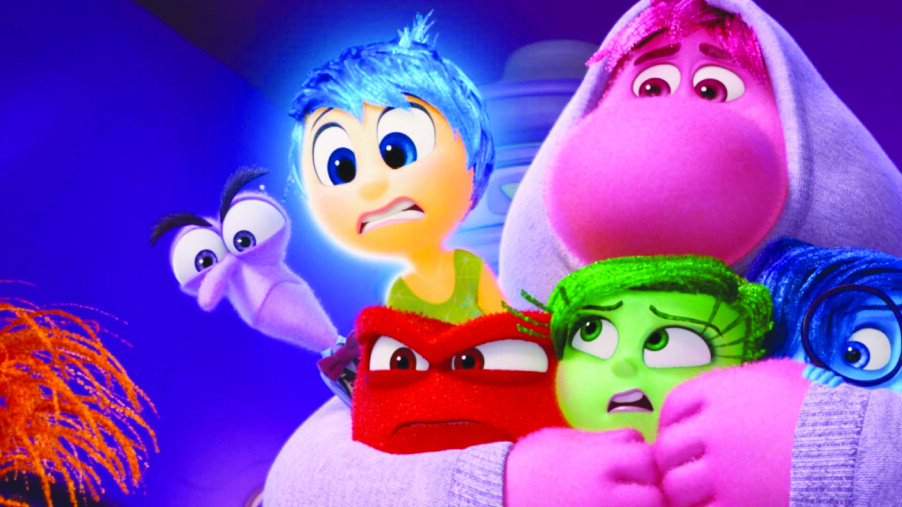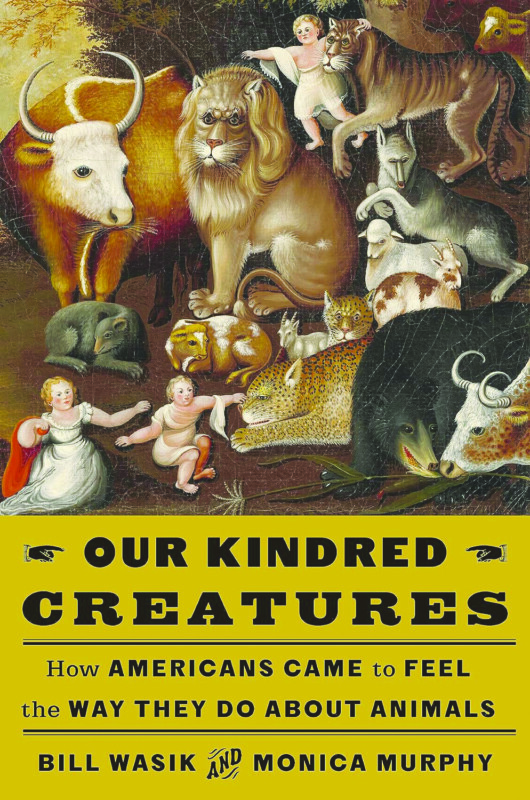Jon Anderson recreates ’70s era with new group
By Michael Witthaus
mwitthaus@hippopress.com
On June 13, Jon Anderson & the Band Geeks released a video for “Shine On.” The original song recalls “Siberian Khatru ‘’ and other classics from his former band Yes. Guitarist Andy Graziano’s frenetic arpeggio caused a YouTube commenter to exclaim, “Jon turned to Steve Howe & said, ‘hold my beer’” and another to say “This IS Yes. … The spirit is with Anderson and always has been.”
The Rock & Roll Hall of Famer will weave a few tracks from True, a full album due this summer, with 1970s Yes material on June 22 in Concord. His collaboration with the Band Geeks — Graziano, multi-instrumentalist Richie Castellano, Andy Acolese on drums, and keyboard players Christopher Clark and Robert Kipp — began in 2018, when he saw them cover “Heart of the Sunrise” on their classic rock-centric podcast.
“I went, wait a minute, they sound just like us; they sound perfect, and they look so happy,” Anderson recalled in a recent phone interview. A month later he called Castellano to thank them. “In the middle of the conversation, I said, ‘Why don’t we go on tour?’ He kind of went, ‘What?’ I said, ‘Yeah, we could go on tour and do sort of epics and classics.’”
For still unclear reasons, Anderson, Rabin & Wakeman had dissolved earlier in the year, so the singer was looking for a backing band. However, Castellano is in Blue Öyster Cult, so logistics were tricky. When the pandemic happened, he had to wait some more. Late last summer, after intense rehearsals, they finally were able to play for audiences.
“I couldn’t believe how good it was when we actually performed,” Anderson recalled. “We did 12 shows together and that really inspired me to want to work with them more, because they were just very open, grateful, thankful and everything about life.”
An original from the upcoming LP that’s been previewed at shows is “True Messenger,” which Anderson wrote over a decade ago. It includes elements of “Wondrous Stories” and “Roundabout” along with many tempo changes.
“I’d been working with a guy called Jamie Dunlap, who does a lot of the music for South Park; I found him to be a great musician,” he said. “We wrote two or three songs and that was one of them that I sent to Richie … he opened it up with ideas.”
Castellano was initially “kind of freaked out” at the thought of going into the studio, but Anderson reassured him, “I think we’d make a great album that probably would sound like Yes, and people who love Yes will like it; that’s what we aim for. There are two large 15-minute pieces, and the rest are very happy-go-lucky, rock ’n’ roll, and who knows what.”
The new project has charged up Anderson’s creative energy, and he shows no signs of slowing down.
“I want to tour the world with this band, and after that, who knows?” he said. “For the next couple of years I’m just going to go out there and perform the Yes classics and epics, plus the True album. New music is new music; by the time you’ve got it on the road, it blossoms. It’s just one of those natural things.”
In 2017 Yes was inducted into the Rock & Roll Hall of Fame, an occasion that marked the last time its original members played together, performing “Owner of a Lonely Heart” and “Roundabout.” Sadly, it was without original bassist Chris Squire, who’d died two years before.
Still, Anderson has fond recollections of the experience.
“I was very happy,” he said. “I think one of the things that was exciting about it was that we shook so many hands during the course of the evening. I was there with my beautiful wife, Jane. We were just having a good time, sipping Champagne. Then I remembered, ‘Wait a minute, I’ve got to go on and sing. I’ve got to be careful.’ We got up there and did two songs with the band. It was really fun, and the energy backstage was fantastic.”
Yes Epics, Classics & More featuring Jon Anderson & the Band Geeks
When: Saturday, June 22, 7:30 p.m.
Where: Capitol Center for the Arts, 44 S. Main St. Concord
Tickets: $59 and up at ccanh.com
Featured photo: Jon Anderson and the Band Geeks. Photo by Steven Schenck courtesy Glass Onyon PR.






